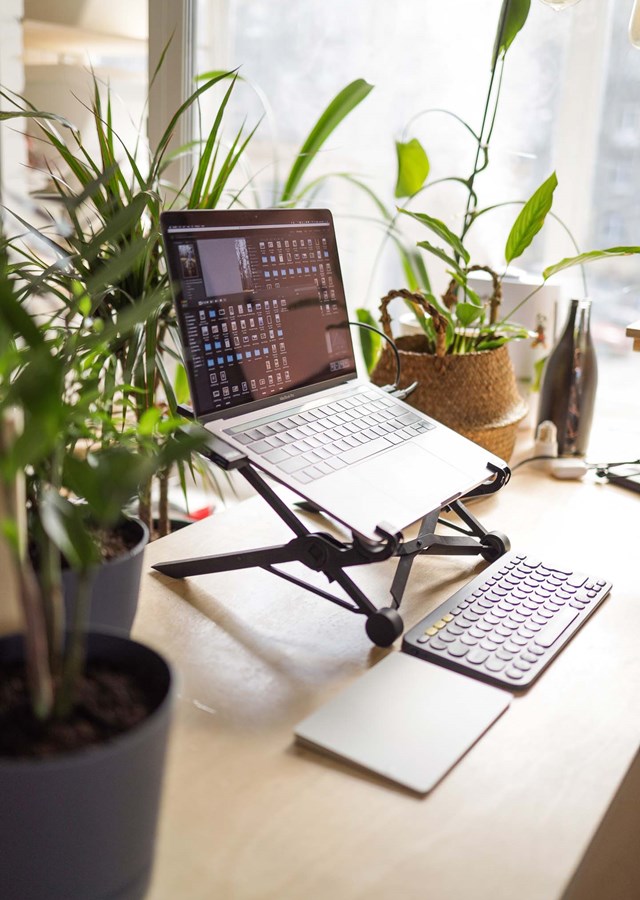Looking after your body
Whether you’re working from home, in the office or in a showroom, it’s important to have your workplace set up correctly. There are a few things you need to consider to help look after your body and work well:
- Your work area
Choose a spot with good lighting or natural light if possible. You may need to think out the box if you have limited space available. If you’re working from home, could you use a spare room, the space under the stairs, or a corner of your living room? You might need to rearrange some furniture but with some planning and creativity, you will be able to create a suitable space. There are many ways you can set up a home office without blowing your budget. If you need some inspiration, check out furniture websites like Ikea or Pinterest for ideas and then use what you have to create something similar. - Keep it clean
A clean and tidy work environment is not only good for our health and wellbeing, but it also helps to boost productivity, morale and gives a good first impression too. Desks can be the perfect place for bacteria to flourish – you should make sure that your desk, computer screen, keyboard, mouse and work phone are sanitised on a regular basis (especially if you occasionally eat al desko). - Office furniture and equipment
Make sure that there is enough space for everything you will need. Your chair should be comfortable with back support and there should be enough space underneath the desk to move and stretch your legs. Be careful not to overload power sockets or leave trailing wires that will be trip hazards. - Sitting correctly
You spend a great deal of time at your desk. Set up your equipment (laptop, monitor, mouse, keyboard etc) in a way that helps you maintain the correct posture. This will help prevent aching muscles in your back, shoulders, arms and neck:- The top of your monitor should be at eye level and tilted up slightly
- Your keyboard should be parallel to your monitor and moved out of the way when not in use
- Relax your shoulders with your forearms parallel to the floor
- Keep your wrists straight when typing
- Your thighs and feet should be parallel to the floor
- Sit upright and close to the desk to reduce working with your arms stretched out
- Take a break
Remember that short, frequent breaks are better than longer, infrequent ones. Take short breaks every 25 minutes to stretch or do desk-based exercises. It’s also important to give your eyes a break by regularly looking into the distance. Breaking up long spells of work at a computer helps prevent fatigue, eye strain, upper limb problems and backache.




